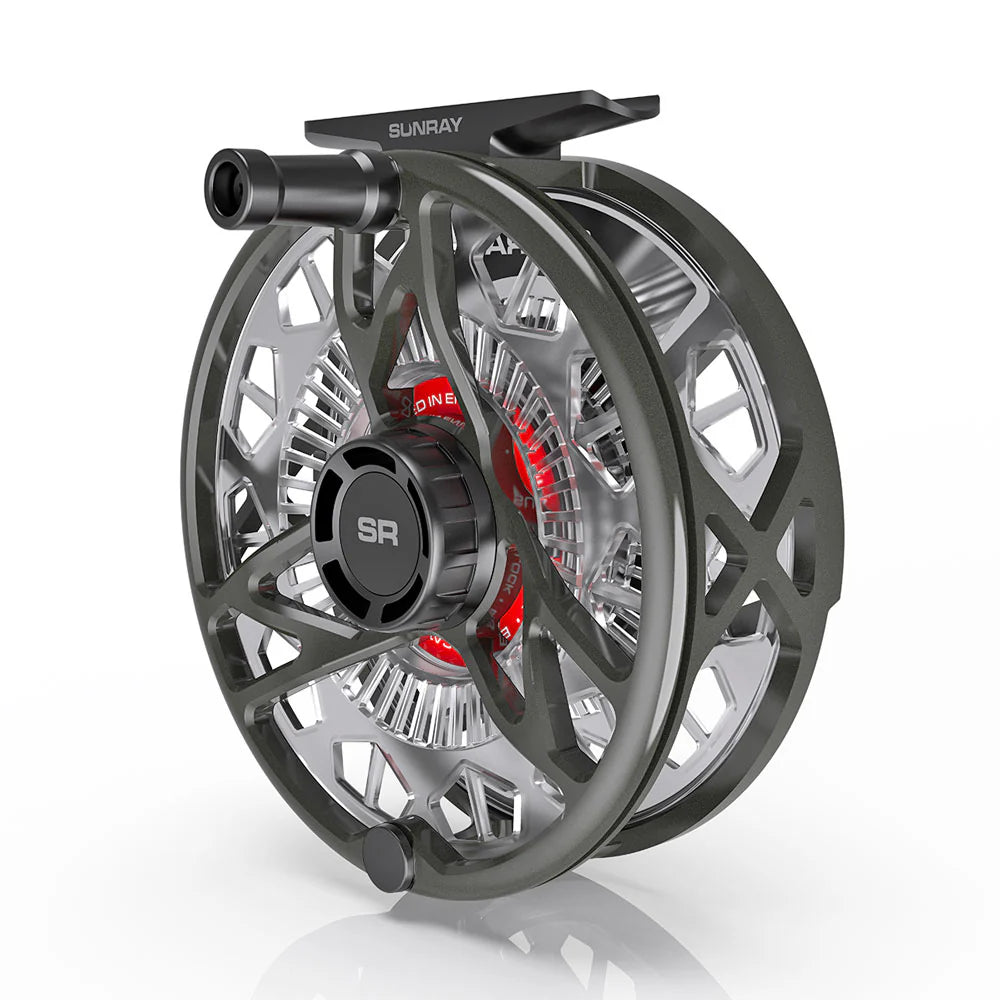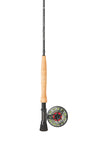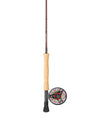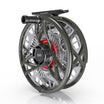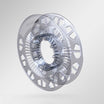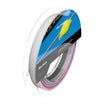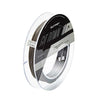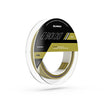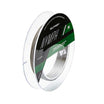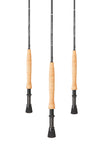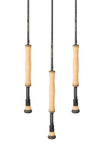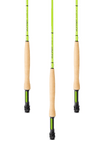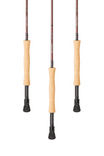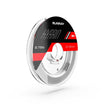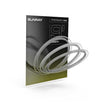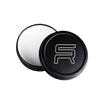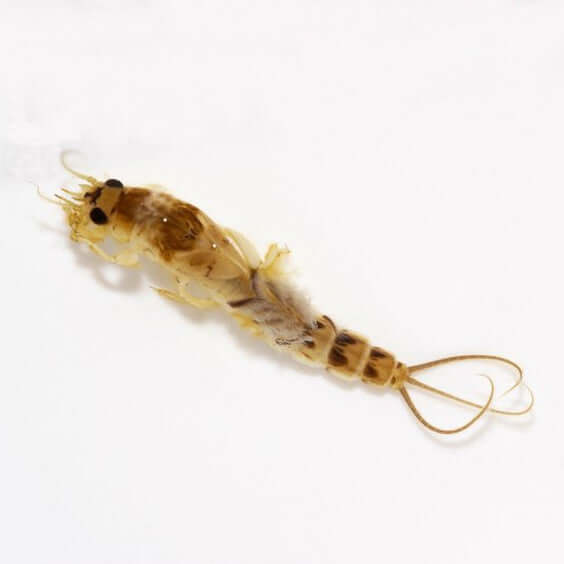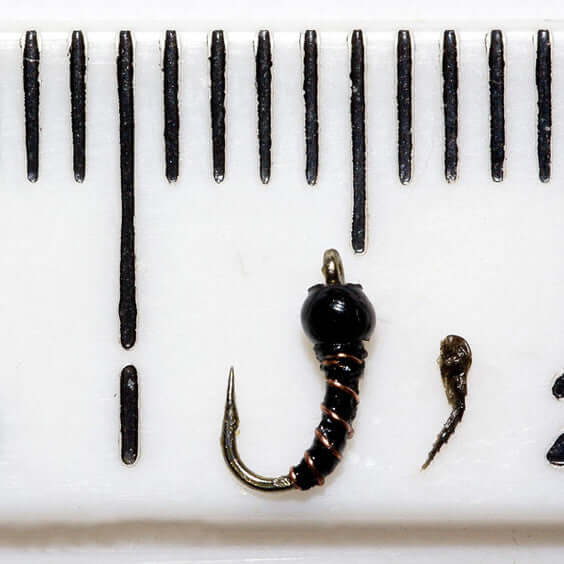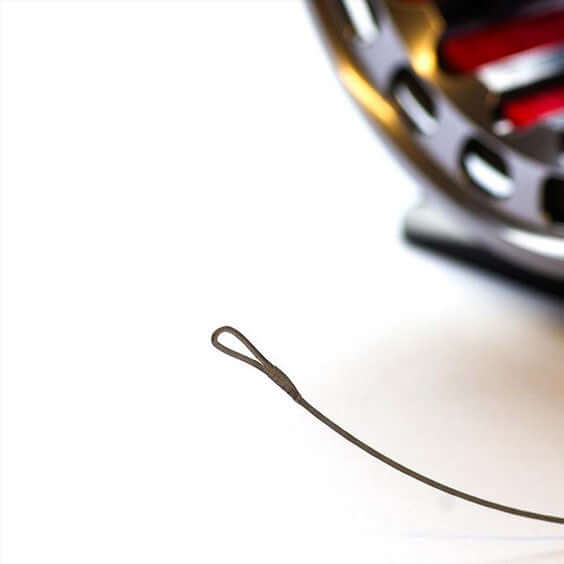What else could I talk about in May than the UK’s two most common big Mayflies , Ephemera danica & Ephemera vulgata? At the end of May & early June, on many UK rivers & some lakes, anglers can look forward to the so-called ‘Duffers Fortnight’ when the nymphs transpose into adults. I say so-called because all too often, as I’ll explain later, it can be a disappointment. However, if you hit conditions right there can be a bonanza of suicidal fish all too eager to engulf your big dry flies.

Mayfly nymph
Danica is the most frequent Mayfly in trout waters as its nymphs prefer gravelly silt within which they tunnel, in most waters spending two years developing. E. vulgata nymphs prefer the muddy silt of sluggish rivers & lakes. The duns are so similar as to be indistinguishable to most folks, whereas the spinners of E. vulgata are a bit darker than those of E. danica. The main time of emergence is generally during mid to late afternoon, whilst egg-laying & spinner fall are evening events. As a result if I intend fishing the Mayfly I don’t bother getting to the river till about 2pm.

E. danica female Dun
I rarely fish the Mayfly Nymph although they can be very effective fished sink & draw in the sluggish parts of the river prior to a hatch, although I always have some weighted & unweighted Richard Walker Mayfly Nymphs in my box (just incase).

My simple Extended-body Mayfly
A big, light coloured Klinkhamer makes an effective Emerger Mayfly pattern. However, despite several well known flyfishers insisting that they need patterns to cover all stages of the Mayfly’s life I really only feel that I need one, a simple hackled version with an extended chenille body tied as follows:
- Hook: Size 12 or 14 Tiemco 206 BL (or similar short shank, wide gape dry fly)
- Thread: 8/0 Tan, brown or orange
- Tails: 3 or 4 Cock pheasant tail fibers
- Abdomen: Andre Brun micro chenille in tan or light olive
- Thorax: Mix of brown & orange dubbing (under the hackle)
- Hackle: 1 Olive & 1 Grizzle cock (wound through each other & clipped in a V underneath)

E. danica female spinner
This pattern works as both dun & spinner (for me). On the rare occasion that I’ve forgotten my Mayfly pattern I’ve found a Daddy to be equally effective since it has most of the same triggers (fish are far more stupid than we give them credit for!).
What is probably more important than the precise fly pattern is the way it is fished. Whilst dead-drift usually works the application of life-like movement can be more effective. The duns often skitter across the surface after emergence, trying to lift off. The application of similar movement to a dun pattern can result in explosive takes. On the other hand spinners are best just twitched at intervals as they dead-drift. Tenkara with 5x tippet (the thickest recommended for Tenkara rods) is ideal for application of these subtle movements as long as the fish aren’t too big & the fishing is close range. Whatever gear you use don’t go lighter than 5x tippet (4x or even 3x is probably better, particularly if the fish are big). To effectively turn over these big flies I use a shorter leader plus tippet than usual, about 12’ with a long butt section of about 0.55mm & tippet of about 0.15 to 0.20mm.

Mayfly
Earlier on I said “so-called Duffers’ Fortnight”. Quite often, particularly in the mornings or late in the hatch period, I find the trout ignoring the big Mayflies & feeding on much smaller fair, Black Gnats, Midges, small Olives etc. So it pays to be observant & look carefully at what the fish are actually taking rather than what you want them to be taking. A size 20 Shuttlecock or IOBO Humpy has accounted for a lot of the trout that I’ve caught during Duffers’ Fortnight.
Thinking of small flies that can tempt trout away from the obvious food choice such as big juicy Mayflies there is the case of the Agapetus Caddis pupa & I’ll tell you about that next time.


